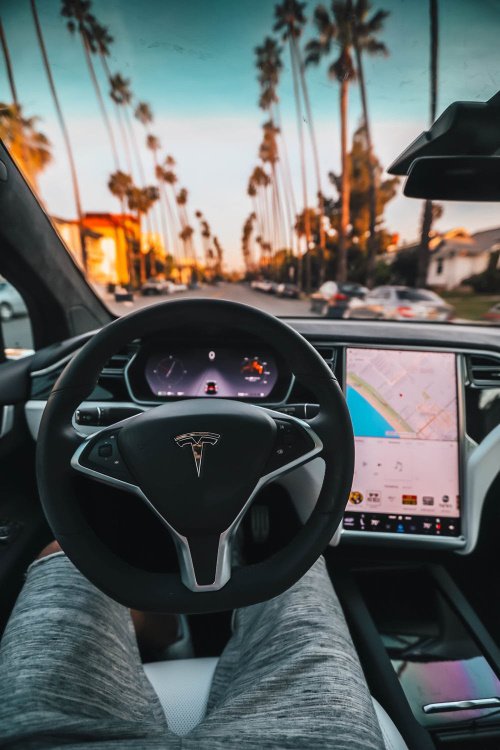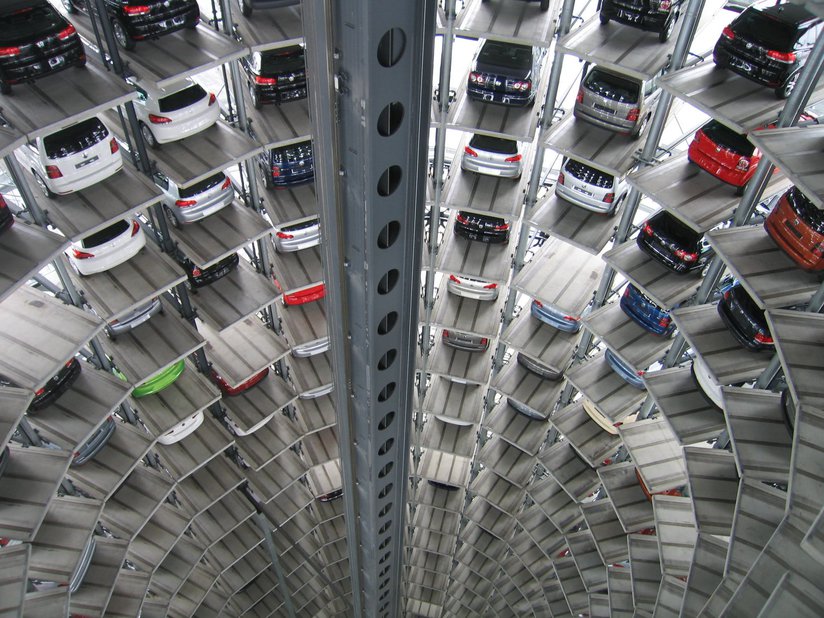By:
VNC Automotive
Date:
14th August 2019
Software development puts pressure on manufacturers
Traditionally OEMs have tried to work smart and efficiently by using the same fundamental building blocks for multiple vehicles – a cycle that was updated every five to seven years. And yet the dizzying speed with which in-vehicle technology is being developed – there are way, way more lines of code in cars today than were on the first space shuttle – is now challenging that strategy. Tech companies (Tier 1s) that are developing the software and hardware for modern vehicles refresh their products in far shorter life cycles than OEMs are accustomed to. And with the law of accelerating change manufacturers are left to consider a future where new vehicles are technologically obsolete within a couple of years. Unless…
Developing a motor vehicle is costly for OEMs
Building a car isn’t cheap. And in an increasingly fragmented marketplace, paybacks are far from certain. Adding to the pressure is the fact that consumers have come to expect new vehicles at an ever-quickening rate. According to Merrill Lynch between 2018 and 2021 the US industry will introduce new vehicles every year equivalent to 21 percent of the industry’s total volume. That leaves OEMs with a dwindling window in which to recoup the financial outlay for developing new vehicles. The challenge of protecting the integrity of your profit margins is perhaps more pressing than ever before.
What if a car could update like a smartphone?
Consumers think of cars as finished products. They certainly don’t expect them to keep pace with the latest technology or get better with age. But Tesla is ripping up that notion. Their vehicles are subject to frequent software updates over the cloud that improve functionality and performance.
Likewise using VNC Automotive software brings unprecedented levels of connectivity to vehicle manufacturers, connecting the car not just with the cloud, but with itself to bring total cohesion to the in-vehicle tech ecosystem. By hosting applications on a separate smartphone or add-on box in the car or in the cloud, the main IVI system can be beautifully streamlined – with remote access to, well, everything.
This digitisation of vehicle maintenance and IVI is giving OEMs some exciting – nay, transformative – opportunities to simplify the technology lifecycle, while bringing more speed and efficiency to production.
Here are just four of them.
1. Unification: one head unit for all markets
Using the same head unit for all markets transforms the speed and cost of integration testing, giving you a faster and more cost-effective route to market all over the globe. What’s more, the same IVI head unit can be used across multiple countries with integrated language preferences, saving localisation data footprint and allowing for flexibility in choice of localised content providers – e.g. Kakao Map for South Korea and Autonavi for China.

2. Reintegration: extend the lifespan of existing technology
The pace of change in the last decade has left many OEMs with head units and infotainment systems failing to meet the expectations of the modern smartphone generation. VNC Automotive can ensure this scenario does not perpetuate into the future. By enabling them with retrospectively updated software capabilities. Install the hardware, update the software over the cloud. Simple. No more wasted head units.
3. Flexibility: integrate everything
When you can update your software, you can update your hardware too. In other words, dealerships can sell new hardware to consumers to retrofit to their car as software is enhanced, without worrying if it will integrate into the existing in-vehicle tech platform. Not only that. OEMs can source different hardware from any Tier 1 they wish, allowing them to cherry-pick the components that are best for their business, brand and bottom line – not to mention their customers.
4. Reliability: more safety and control
Integrating the latest technology leads to enhanced security. With one robust, cohesive tech platform, there’s more safety and reliability for mission-critical systems. Further security is provided by virtue of these mission-critical systems being isolated from user-facing applications – such as media and navigation – thanks to the standalone add-on box for example. A thin-client HMI is all that’s necessary to view the add-on box content, slashing the risk of exposures and bugs that exist with native systems. What’s more, OEMs can leverage app stores to control the tech ecosystem, ensuring reliable operation and performance of hardware at all times.


Tak
14th August 2019
